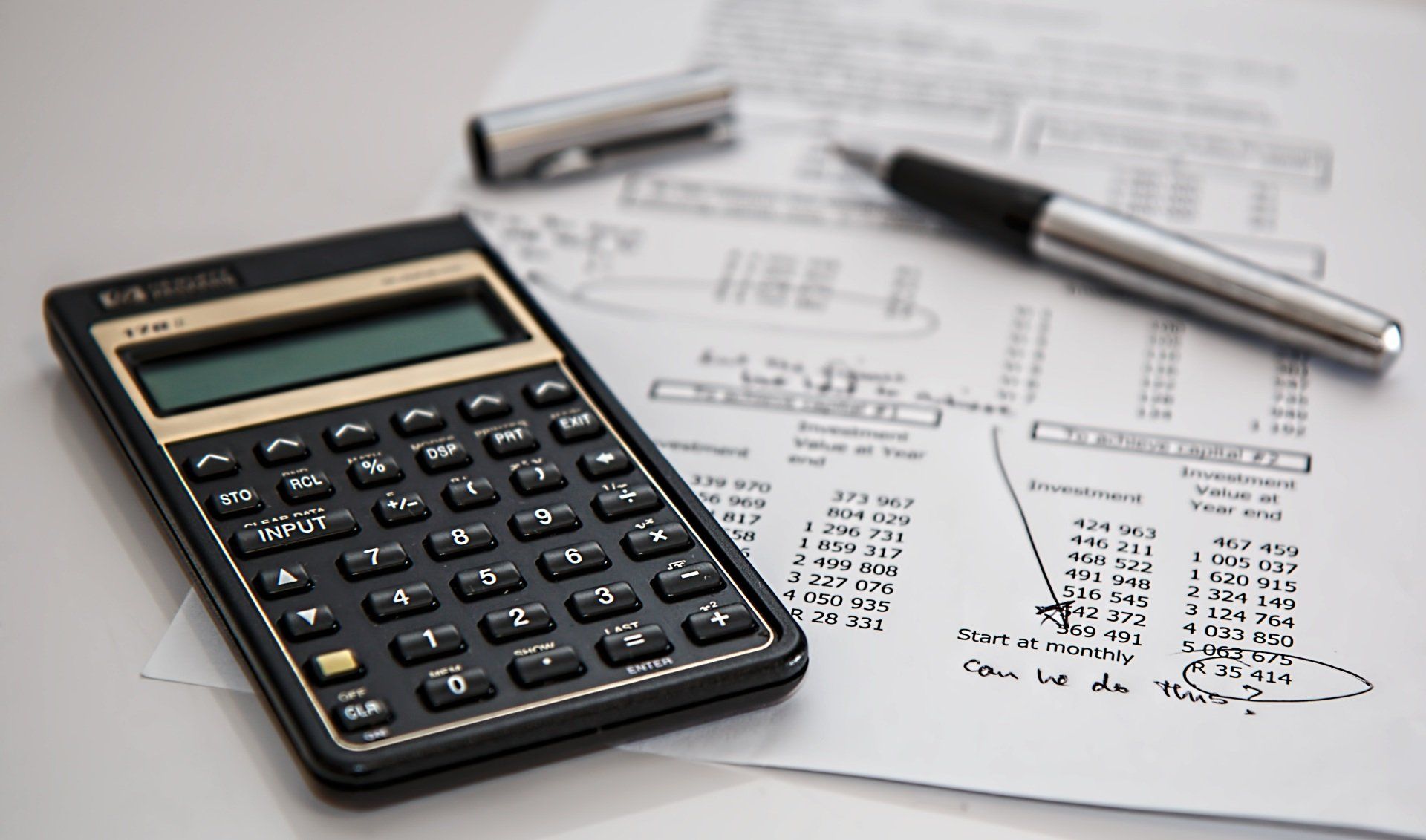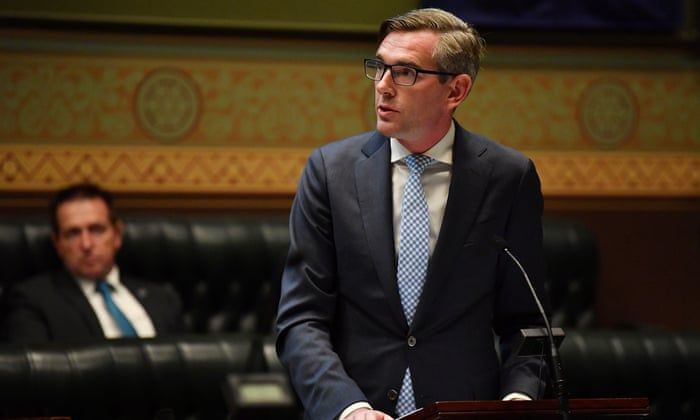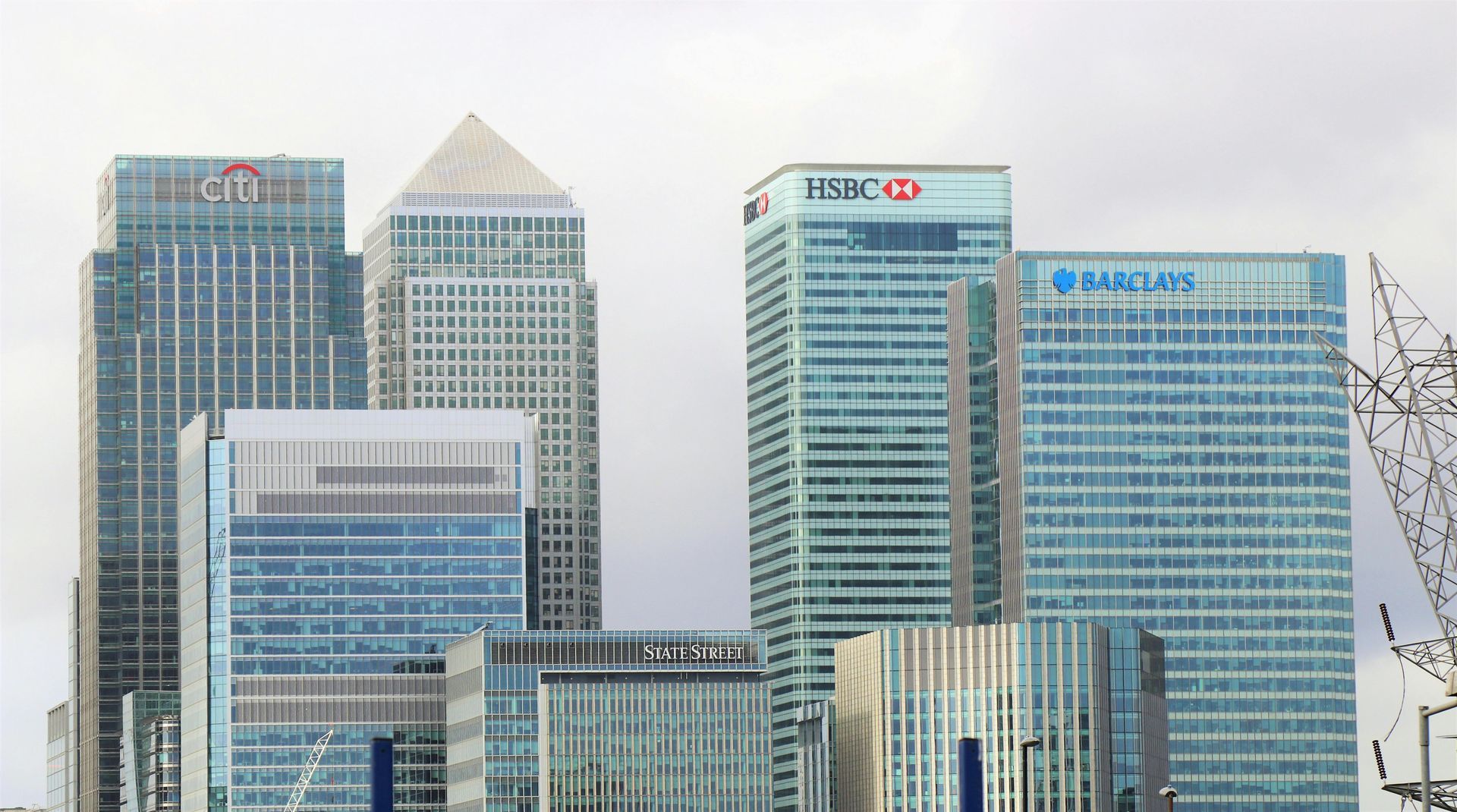
Dominic Perrottet delivers speech to Parliament to phase out Stamp Duty surrounded by $16 billion of state deficit.
“Sometimes big numbers like that hardly feel real,” Perrottet told parliament after releasing the budget. “But the impact they have had on our people is very real.”

Dominic Perrottet says the NSW budget deficit is the result of $29bn in Covid-19 stimulus spending and a forecast $25bn drop in revenue over the next five years.
“The first is to get rid of a clear economic disincentive while also giving the state a more balanced tax base. This is a big change. There are about 200,000 property transactions a year that account for the state’s stamp duty revenue.
“NSW Treasury believes once the move to a property tax system is fully in place, 3.5 million properties will be liable
“That’s a lot of people who don’t pay tax now being hit with an annual impost. But in structuring it as an opt-in system, Perrottet is hoping to avoid sticker shock as he looks for a long term economic payoff. That payoff could be substantial.”
Today’s budget had everyone shocked with the big numbers and the projections of the state’s net debt is expected to peak at $104bn by June 2024. To help and decline the number Perrottet suggested that the government would phase out Stamp Duty on new properties purchases and favour an annual Land Tax. By doing so the NSW government could inject an extra $11bn into the state’s coffers over the next 4 years.
Although this may sound as drastic measures the treasurer said that the government would start a public consultation process and proposal where homebuyers would have a choice to opt out of paying stamp duty in favour of the annual property tax. This change would not affect current property owners who are buying and selling property and the exemption on stamp duty for FHB buying a home costing less than $1M would be replaced with a $25,000 grant.
The treasurer said the change would give the state “a realistic pathway to achieving the most important state economic reform of the last half century”.
“Stamp duty is a relic from a bygone era when you picked one career, started a family, bought a home and basically settled in for life,” he said.
“It adds tens of thousands of dollars to the cost of the biggest financial commitment most people ever make. If you want to move, change jobs, or switch careers, upsize or downsize to match your family size, stamp duty can be the spanner in the works. It is holding our economy back at a time we need to be going full throttle.”
Once again changes like these come to prove that Australia Property Market is heavily backed by the Government and owning a home still one of the biggest Australian Dreams.
Are you in the market right now but confused and overwhelmed, needing some guidance to take the right step towards your property purchase?
Let’s grab a coffee and chat I am here to help. Book a time now.

share to



